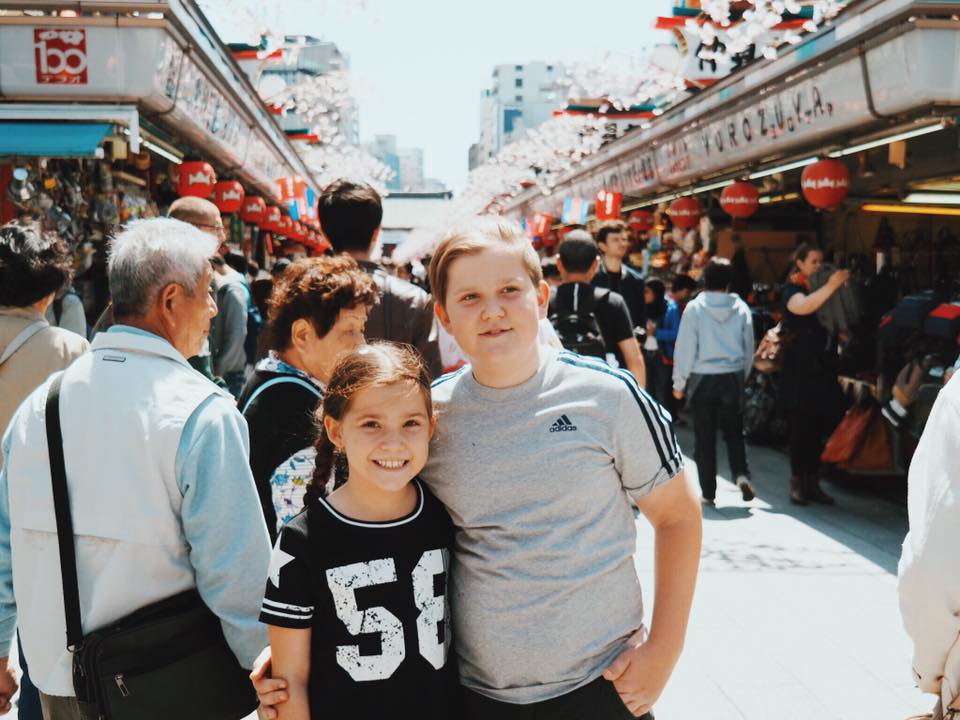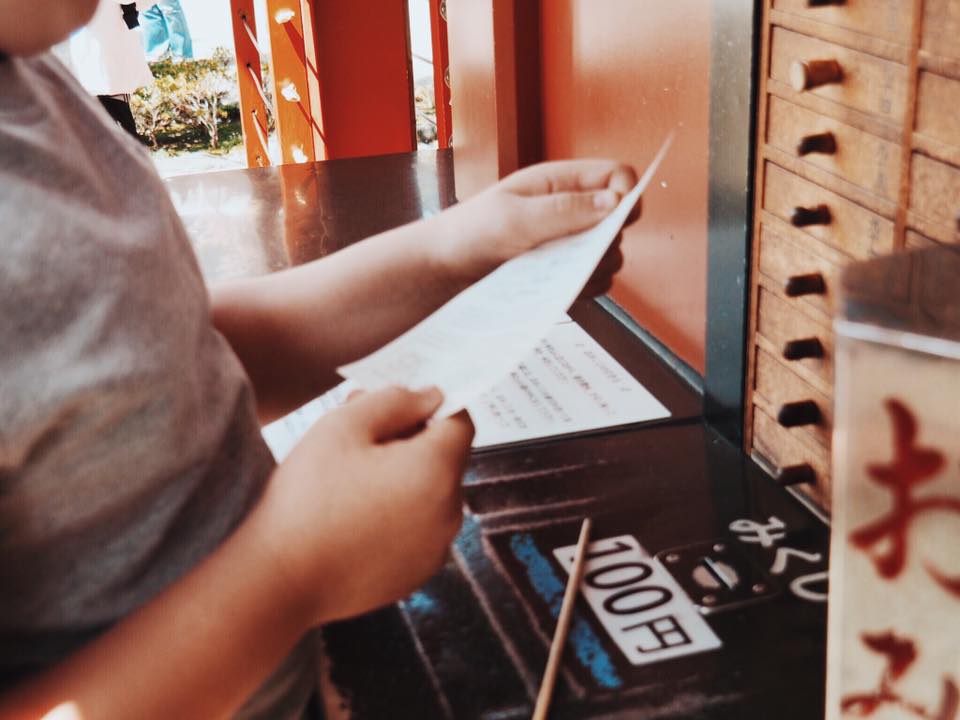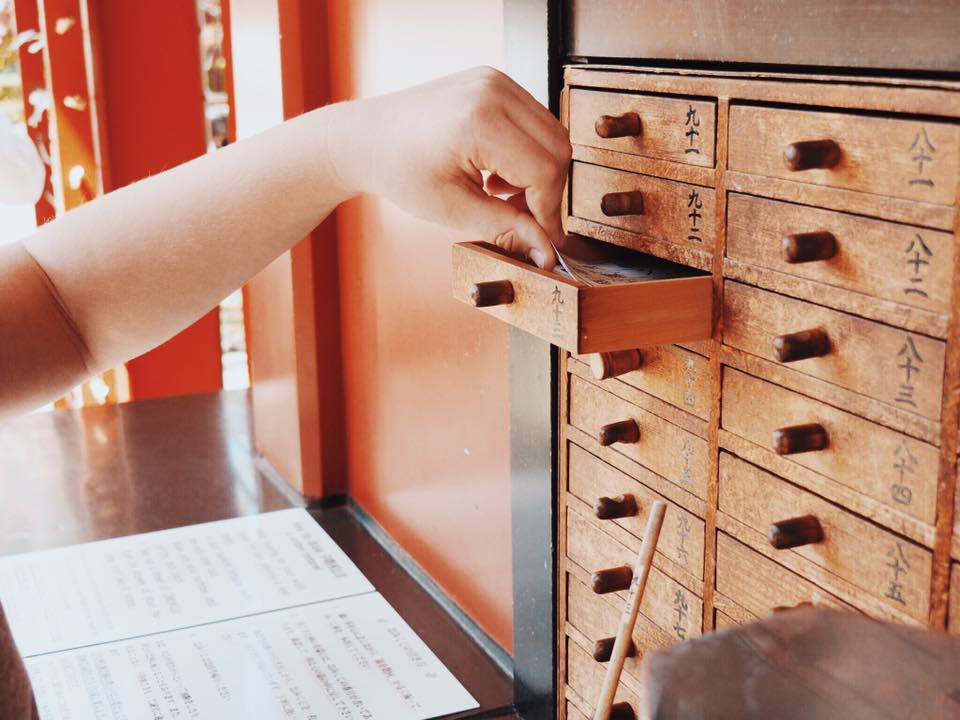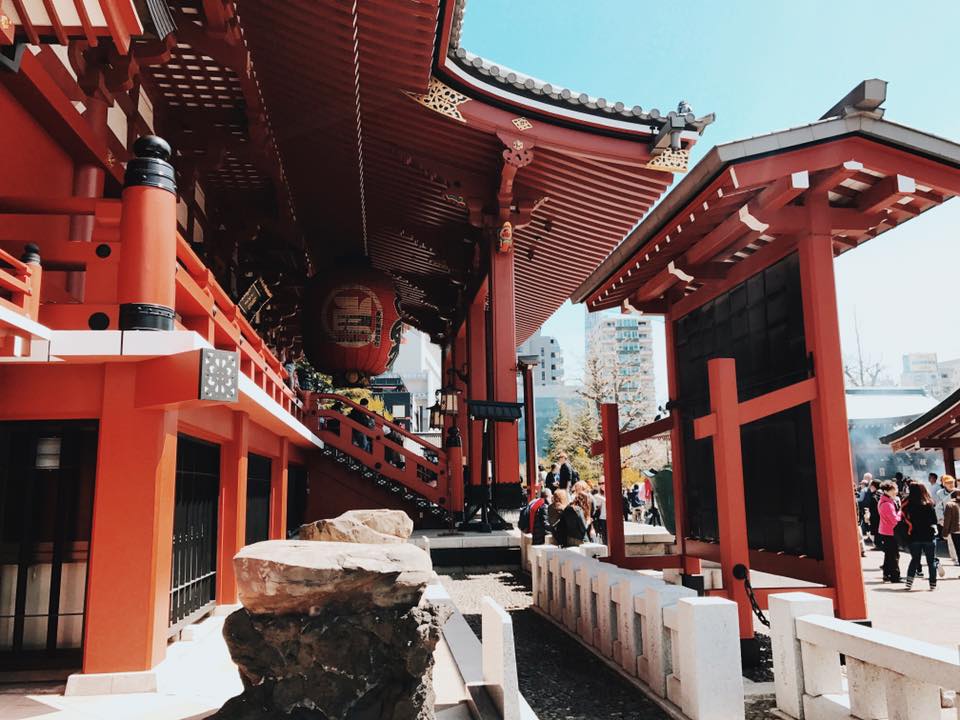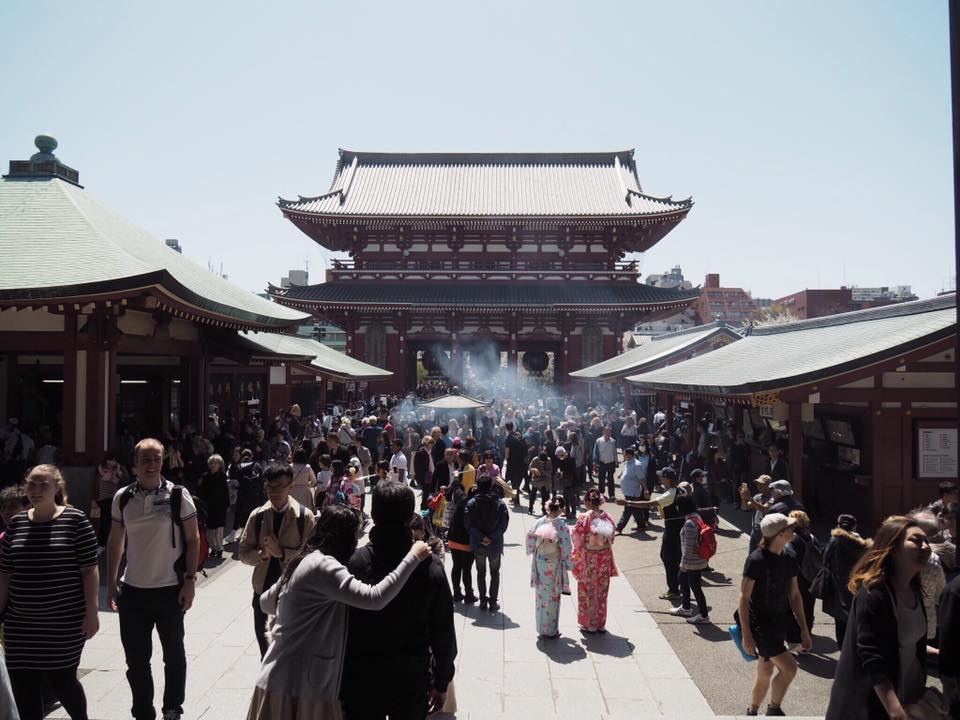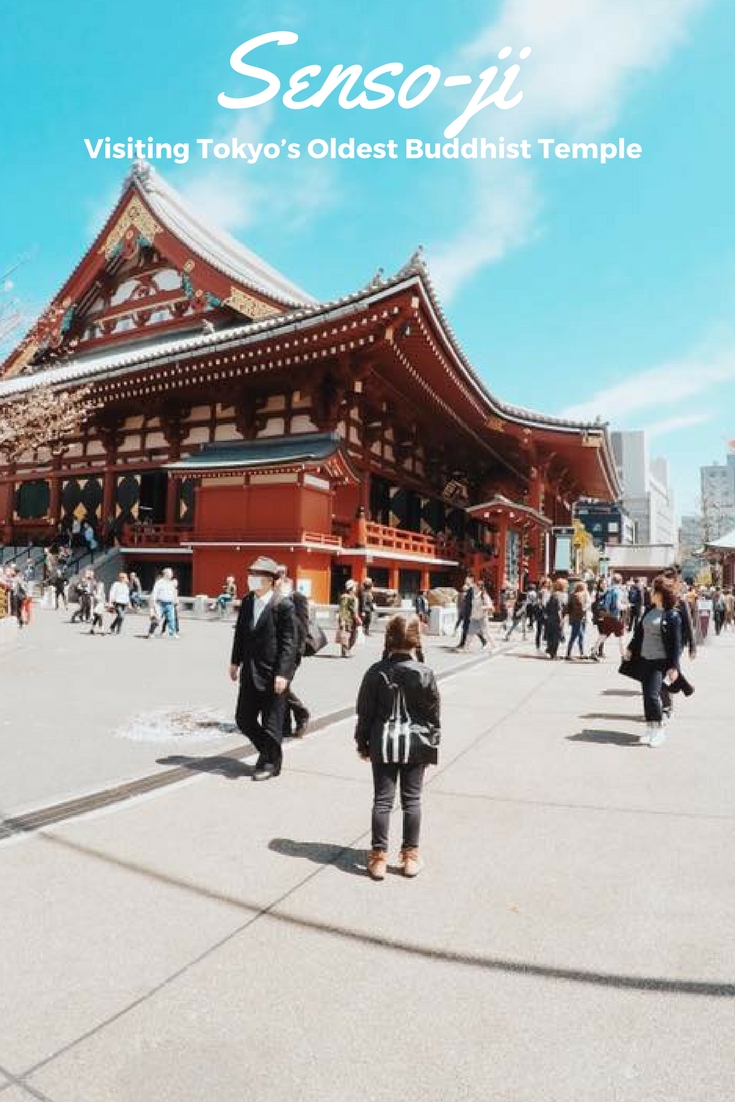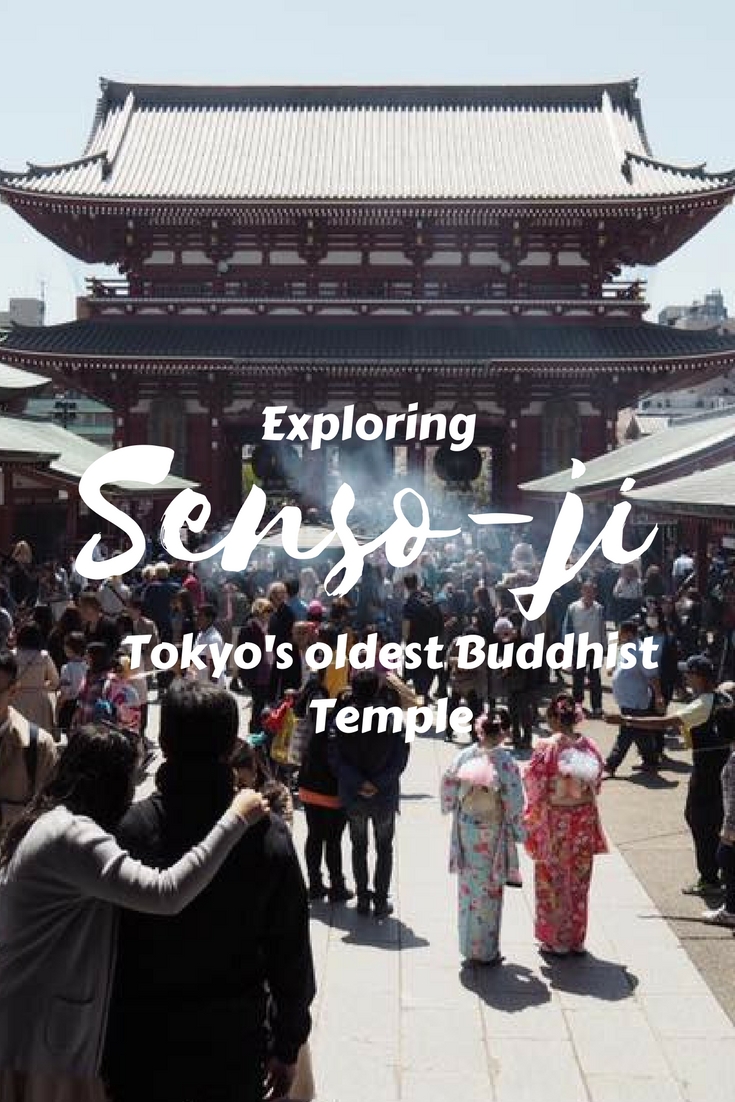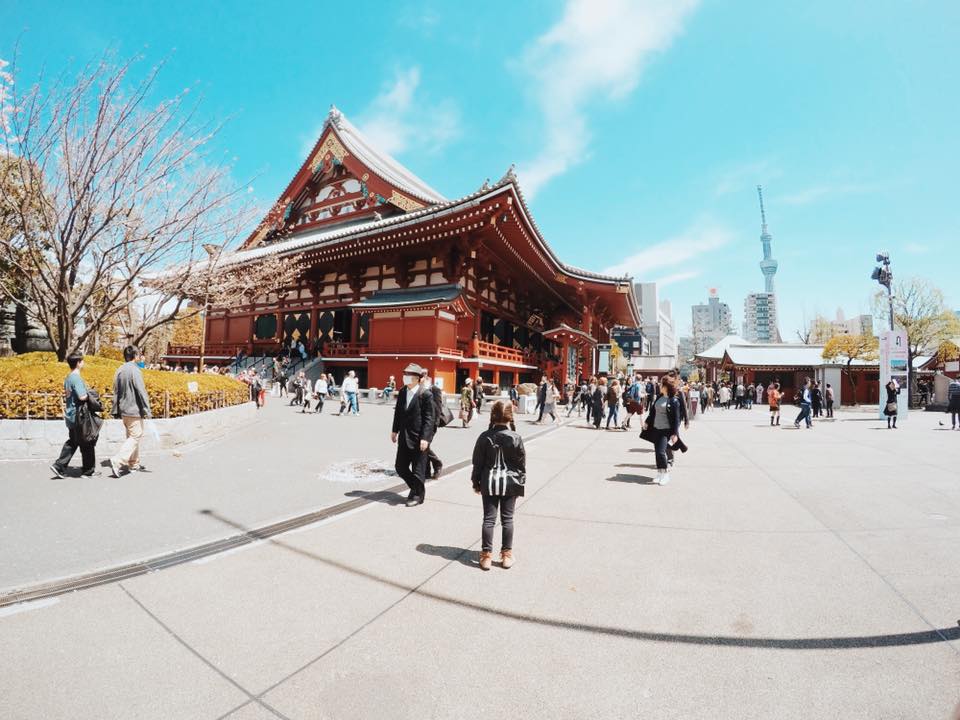
Seeking out sites of historic significance is something our family tries to do whenever we are in a new place. When we started planning Tokyo, Senso-ji made it onto my bucket list for the family. It’s both the oldest and most significant temple in the city and provides an opportunity for kids to step foot in one of the most widely visited spiritual sites in the world. No doubt you will be surprised to hear that over 30 million people visit each year.
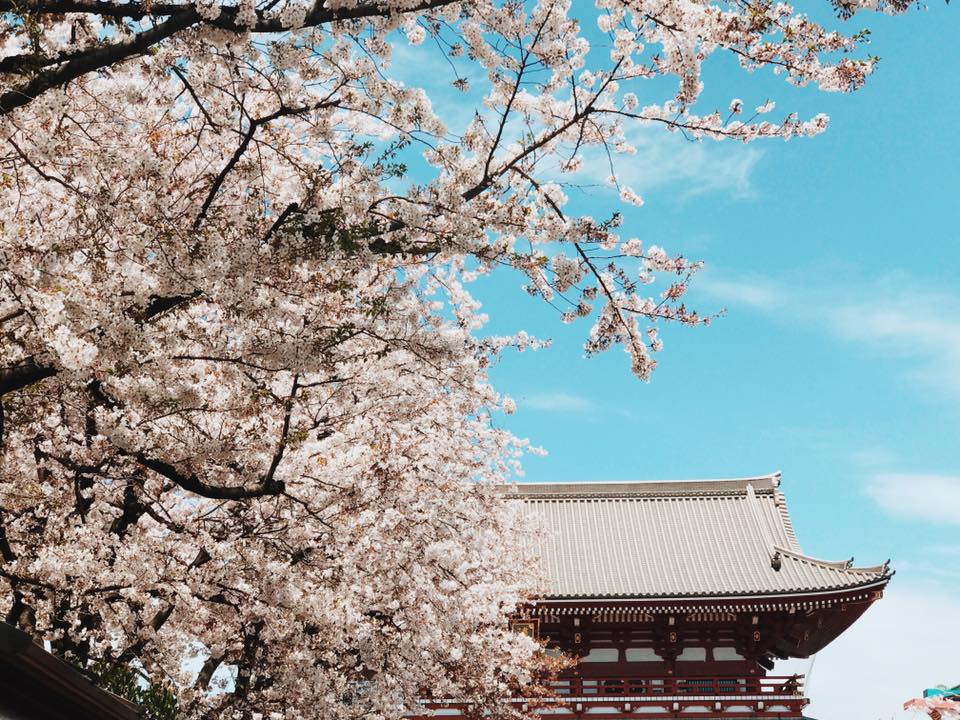
The original temple was completed back in 645 and was dedicated to the bodhisattva Kannon, the Buddhist god of Mercy. Legend has it that a statue of the Kannon was discovered by brothers, Hinokuma Hamanari and Hinokuma Takenari, when they were fishing in the Sumida River back in 628. When the local chief, Hajino Nakamoto, saw what the brothers had found, he immediately recognised its importance and enshrined it by turning his own house into a small temple.
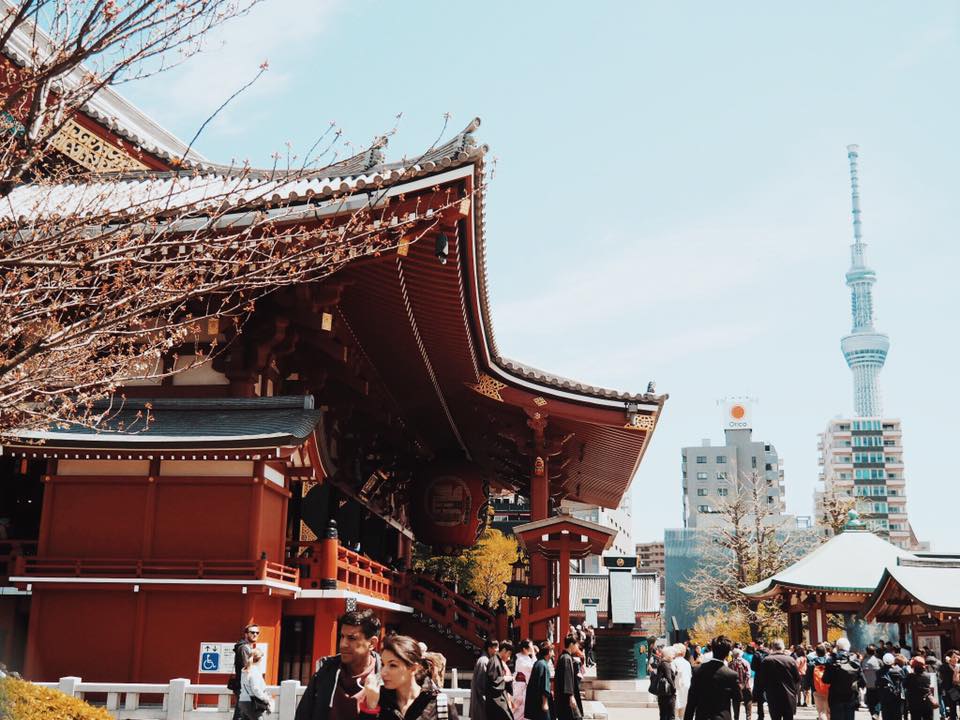
In 645, Senso-ji the temple was completed. It is said to have housed the statue/image of the Kannon ever since, however it is never on display to the public. Of course, this hasn’t stopped the busy stream of visitors. In fact, we couldn’t believe how thick the crowd was when we visited. There was a steady stream that just kept flowing into the temple grounds.
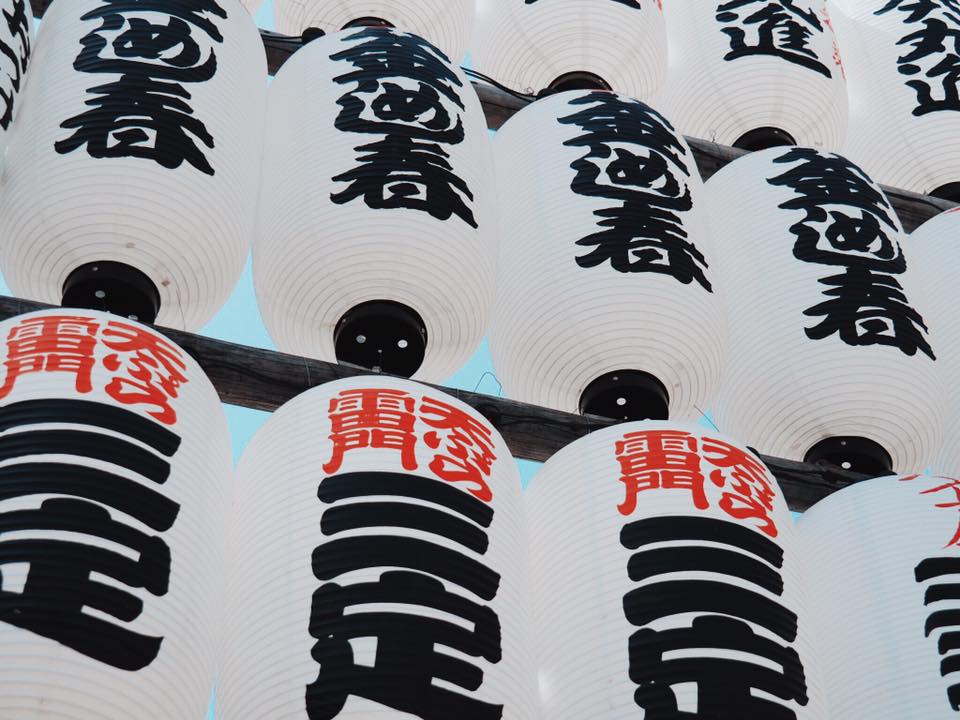
We found the temple very easy to get to by train which allows you then to walk through the amazing Nakamise-d?ri where we uncovered a plethora of small little shop stalls from tacky souvenirs to some real artisan finds. Then of course there were the sweet stores. Yummy Yummy.
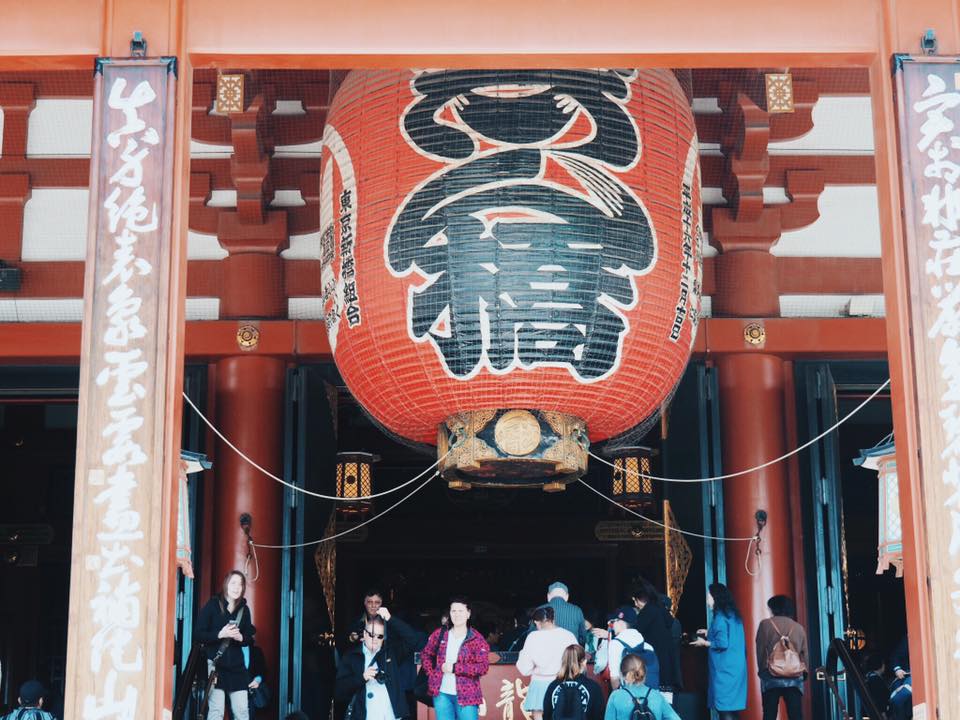
Finally we made it to the Thunder Gates, or Kaminarimon. On each side of the gate sit the gigantic deities, Fujin-sama – the god of wind, and Raijin-sama – the god of thunder and lightning. They are a little scary looking, reminding us that not all gods are pleasant. As you walk through the gate you will see gigantic lanterns. Make sure you look up under them where you will see a dragon.

We continued walking on, finally coming to the Hozomon, or Niomon Gate, the original and official gates of Senso-ji. What we found fascinating here were the two gigantic waraji straw sandals which weigh 2.5 tonnes each. Interestingly, every few years 800 citizens of Maruyama come together to make these, replacing the old with the new.
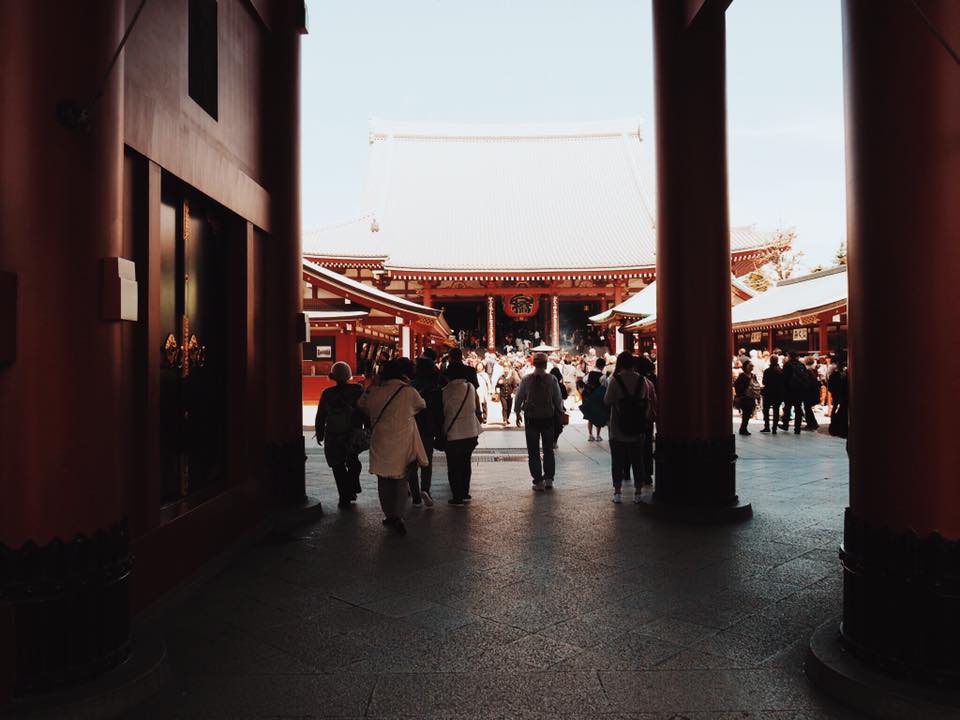
It was here that we noticed many of the shinto rituals that we had observed happening at the Meiji Jingu Shrine taking place: the fortunes, the hand washing, the bowing. We learned that often Buddhism and Shintoism are blended across Japanese temples and shrines.
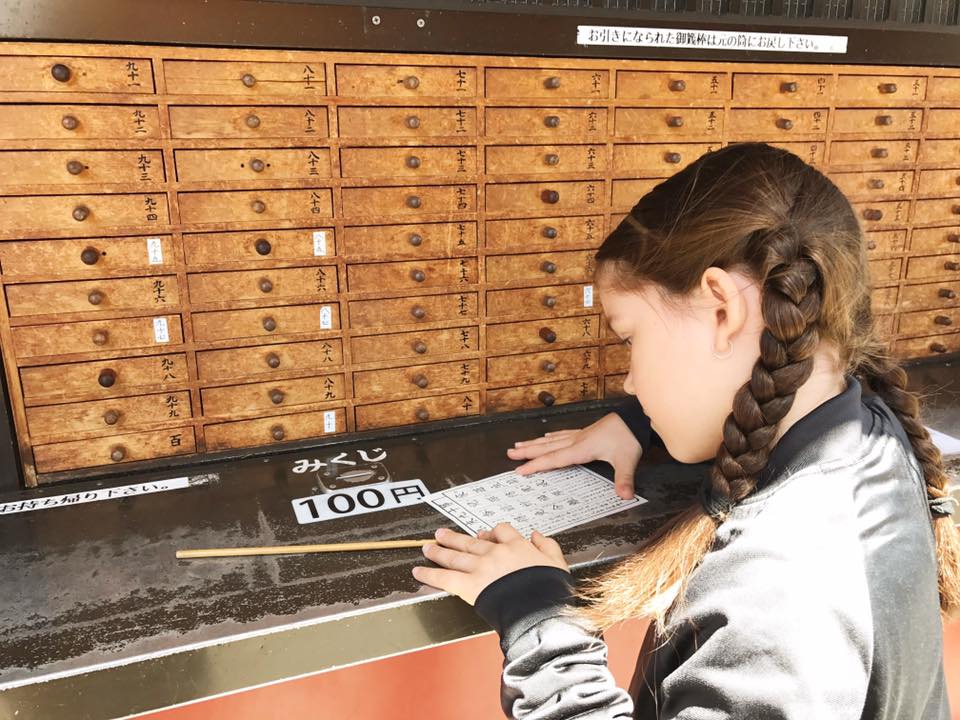

Finally we were right in front of the Kannondo Hall. It is the main building and where the Kannon is said to be held. Right in front of Kannondo is a large cauldron of incense. The kids stood in the smoke (Striker a little too close – his eyes quickly turned red) as the wafting incense is said to grant you good health if you get it on you. I’m hopeful.
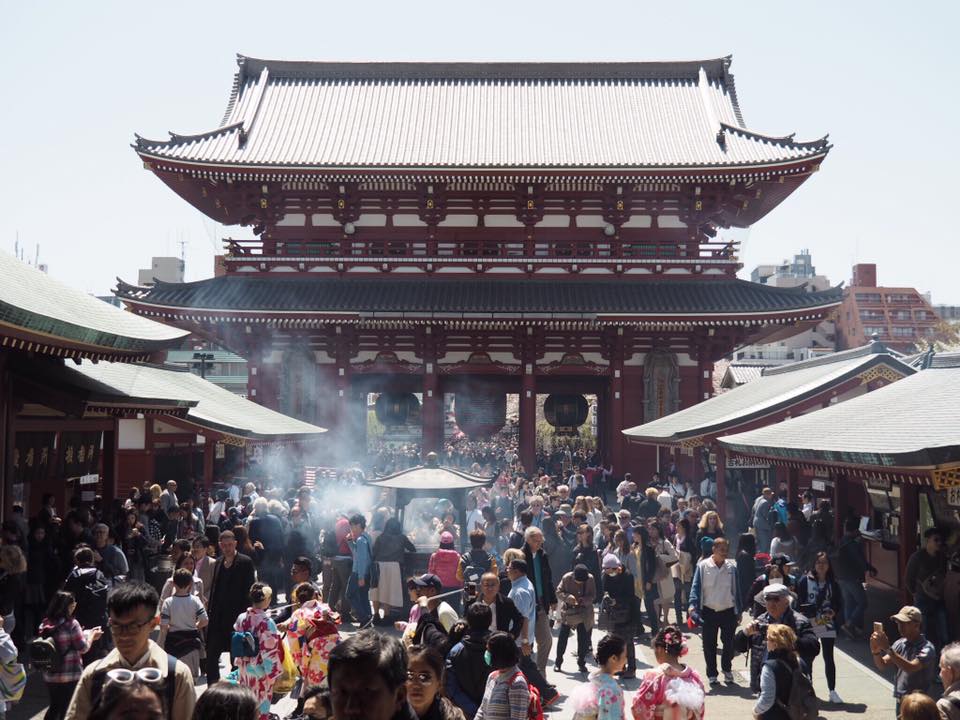
To the left is the Goju-no-To or five-story pagoda. Unfortunately on our visit we didn’t get to see Senso-ji Temple’s pagoda as it is being renovated until September 2017 and it is covered up by scaffolding. I was very disappointed.
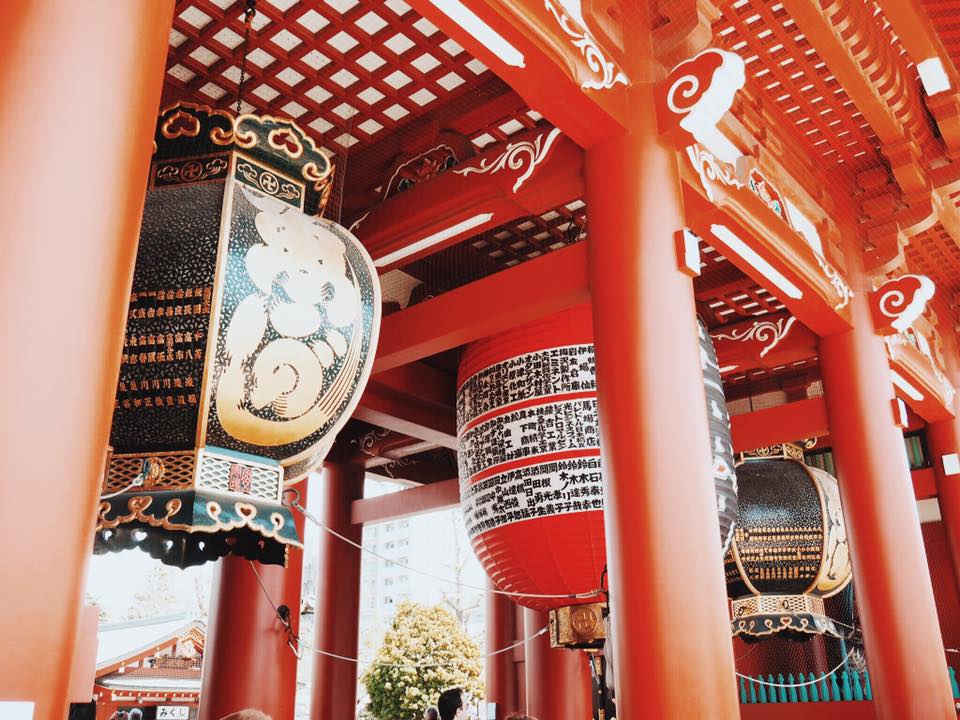
To the right is the Asakusa Shrine which was built on the orders of the third shogun Iemitsu in memory of the fishermen who discovered the Kannon. We explored the grounds and loved watching the rituals taking place across the site. It was fascinating. We wandered for just under an hour before heading back into the streets to eat.
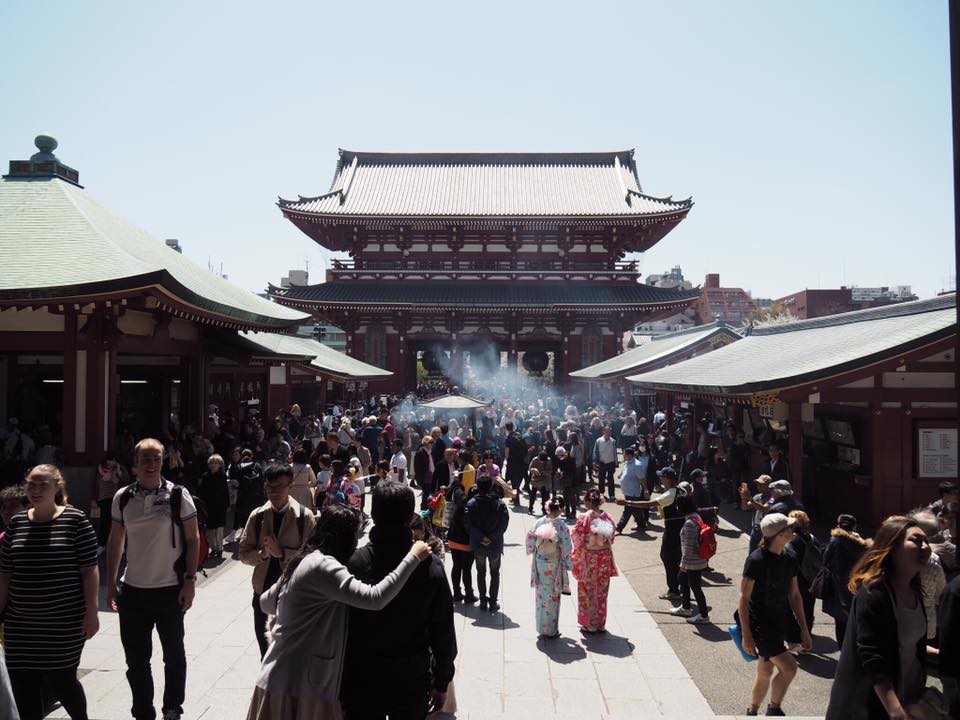
The easiest way to get to Senso-ji is to travel to Asakusa Station which is on the Ginza Subway Line, Asakusa Subway Line and Tobu Railways. The temple is always open however the main hall is open 6.00 am to 17.00 each day (or 6.30 from October to March). You can visit the temple’s official website for all the latest news.
